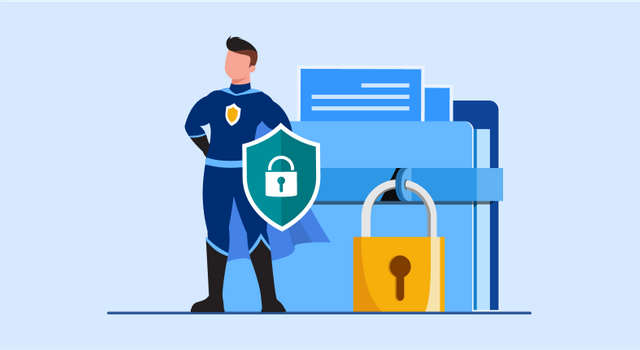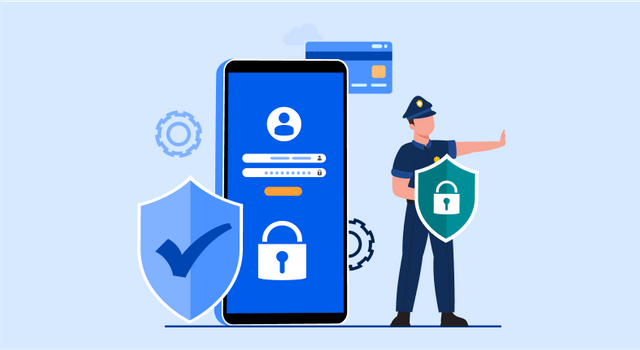Multi factor authentication software combines passwords, biometric verification, security tokens, etc. to create a layered defence that makes it difficult for an unauthorised user to access the target.

MFA software requires two or more verification factors to access an online account, app, or VPN. For login or transactions, the authentication technique requires several verification methods from independent credential categories.
Two-factor authentication was used before. Vendors have been utilising multifactor authentication to reduce cyber attack risks. Multifactor authentication is central to IAM.
Multi factor authentication software improves an organization's security by requiring users to provide extra verification factors than user names and passwords. The approach improves the organization's cyber security. Authentication is crucial for compliance and cyber security.
Multifactor Authentication Software Best Practices
Users must utilise multi factor authentication software and submit numerous, unique forms of identity in order to access systems. Through this procedure, the system is able to trust user identity independent of a single set of credentials.
But not all methods for multi-factor authentication are created equal. Your company must therefore decide which elements are necessary for secure authentication. You can also have a look at the best practises that technology implements for your company.
Below, we'll go over the benefits and best practises of multi-factor authentication software so you can see how it can benefit your company.

Know your business's needs
Security level and technology type dictate system components. Biometrics, USB tokens, physical tags, etc. are great multifactor authentication procedures for your business's security system. Multi-factor authentication software can meet your corporate demands.
Utilize Infrastructure-related Solutions
Multi-factor authentication software works across various resources. Teams can authenticate via mobile devices, cloud tools, laptops, or software collections.
An emphasis on user experiences
One of the biggest dangers to security and authentication systems is error. To establish difficult passwords for security purposes, employees might have to juggle passwords. Software for multi-factor authentication can be used by your company to stop weak passwords and bad online security. The procedure makes it possible for all organisational devices to provide a high-quality user experience.
Using a single sign-on
The usage of single sign on technologies can enhance and simplify user interactions. To increase security and improve user experience for the whole user base of the organisation, you can combine multi factor authentication software with single sign-on services.
Zero Passwords
Multi factor authentication uses passwords often. Biometrics and user data can replace passwords in current authentication methods. Identity management software can help. Without a password, consumers don't have to memorise complex information, reducing hacker threats.
Summing it Up
Multi factor authentication software helps secure systems, consumer data, and information. The advanced technology uses various verification methods to verify authorised users' identities. Multi-factor authentication can be implemented using user authentication software or single sign-on solutions.
NinjaAuth by 500apps is single sign-on software that requires minimum code. Software enhances team productivity and data security. Software can centralise application access management. NinjaAuth simplifies safe app deployment for your system.